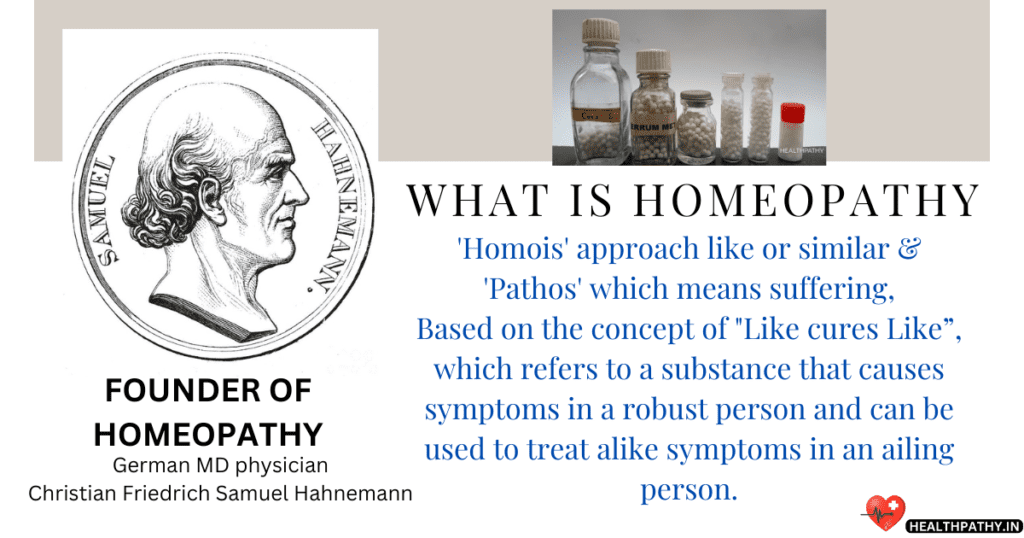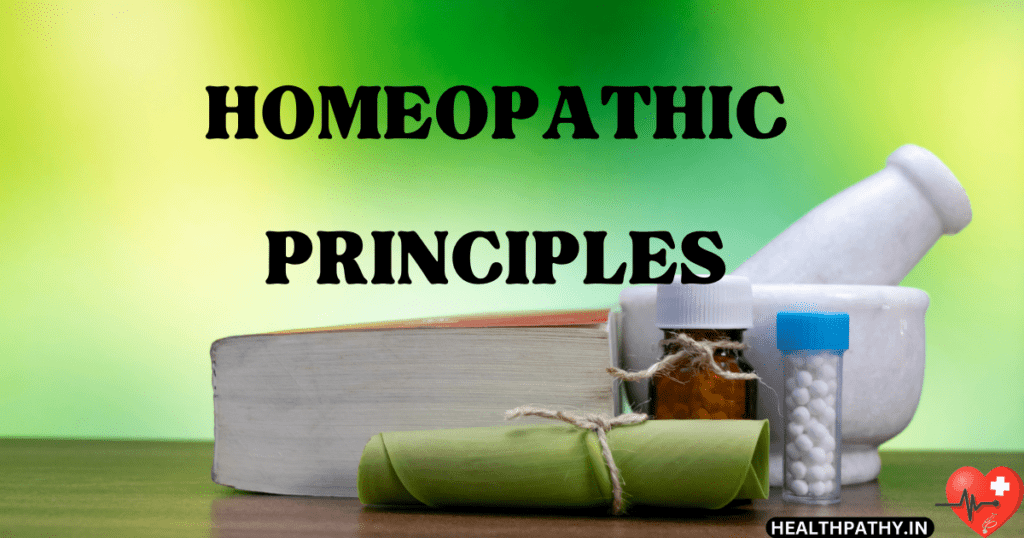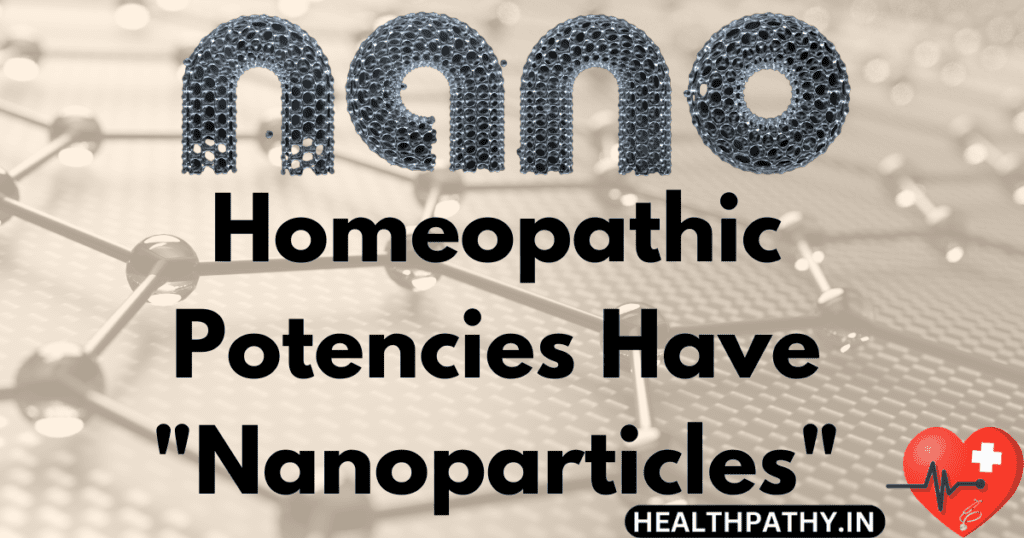Hello, I’m a homeopathic doctor with over two decades of clinical experience, starting my journey in 1997. My passion lies in simplifying complex medical concepts and making them easy for everyone to understand. Join me on this informative adventure where I’ll break down the organon of medicine in homeopathy in a way that’s relatable and accessible to all. Let’s explore the world of holistic health together!
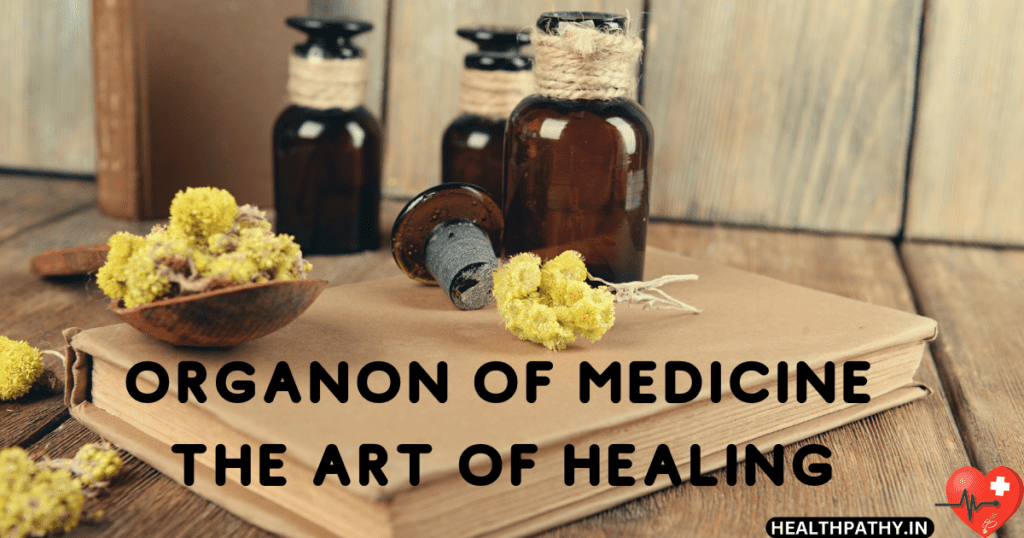

Organon of Medicine And Philosophy
The Organon of Medicine is a seminal work written by Samuel Hahnemann, the founding father of homeopathy. It serves as an essential text within the discipline of homeopathy and describes the concepts, philosophy, and techniques of homeopathic exercise. The Organon presents steering on case-taking, remedy selection, and the principles of treatment.
The Organon of Medicine has gone through numerous variants, with the sixth edition being the most broadly studied and used. The organon are divided into aphorisms, which can be concise statements that cover diverse elements of homeopathy. Each aphorism explores unique ideas and ideas associated with the practice and exercise of homeopathy.
A few key standards and principles are outlined inside the Organon of Medicine:
Vitalism:
Hahnemann emphasized the vital pressure, or the lifestyle’s vital force found in all dwelling organisms because the number one force governing health and ailment. Homeopathic treatment pursuits to stimulate and aid the crucial role in its recovery procedure.
Similia Similibus Curentur:
This principle, regularly summarized as “Like remedies Like,” states that a remedy that could produce signs and symptoms in a wholesome person can be used to treat similar signs in a sick man or woman.
Individualization:
Homeopathic remedies is quite individualized, taking into consideration the totality of signs and symptoms and the unique expression of illness in each person.
Minimum Dose:
Hahnemann advocated for the usage of highly diluted and potentized remedies to decrease toxicity and maximize the gentle, yet profound, consequences of the drugs.
Potentization:
The method of potentization involves serial dilution and succussion (energetic shaking) of a drug to decorate its recuperation residences while decreasing any ability toxicity.
Case Taking:
Hahnemann emphasized the importance of thorough case-taking to recognize the person’s signs and symptoms, including bodily, intellectual, and emotional factors. These statistics help in choosing the maximum comparable treatment.
Direction of Cure:
Hahnemann found that in the recovery technique, signs and symptoms tend to disappear in a particular direction, shifting from extra critical organs to much less important ones, from the internal to the outward, or from the head to the extremities.
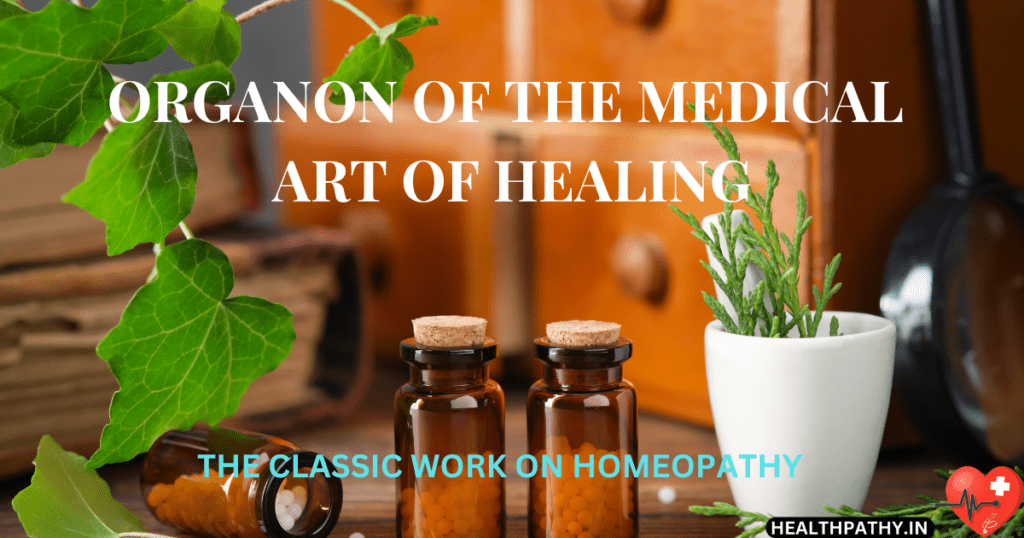

The Organon of Medicine remains studied and cited by way of Homeopaths International as a manual for know-how the standards and exercise of homeopathy. It affords a basis for homeopathic philosophy and method, helping practitioners in their knowledge of fitness, sickness, and the layout of treatments.
It is important to observe that the standards and principles mentioned in the Organon of Medicine are particular to homeopathy and may differ from traditional medical concepts and practices. If you are inquisitive about gaining knowledge of more about the Organon or in search of homeopathic treatment, it’s far better to visit a certified homeopath who can offer guidance and practice those ideas for your man or woman case.
Must Read:
Law Of Single Medicine Selection In Homeopathy
Saturday 26 April 2025 4:51:31:PM
- Acromegaly Cures With Scientifically Proven Homeopathy - 8 February 2024
- Acidity Cures With Scientifically Proven Homeopathy - 1 February 2024
- Appendicitis Cures With Scientifically Proven Homeopathy - 27 January 2024



